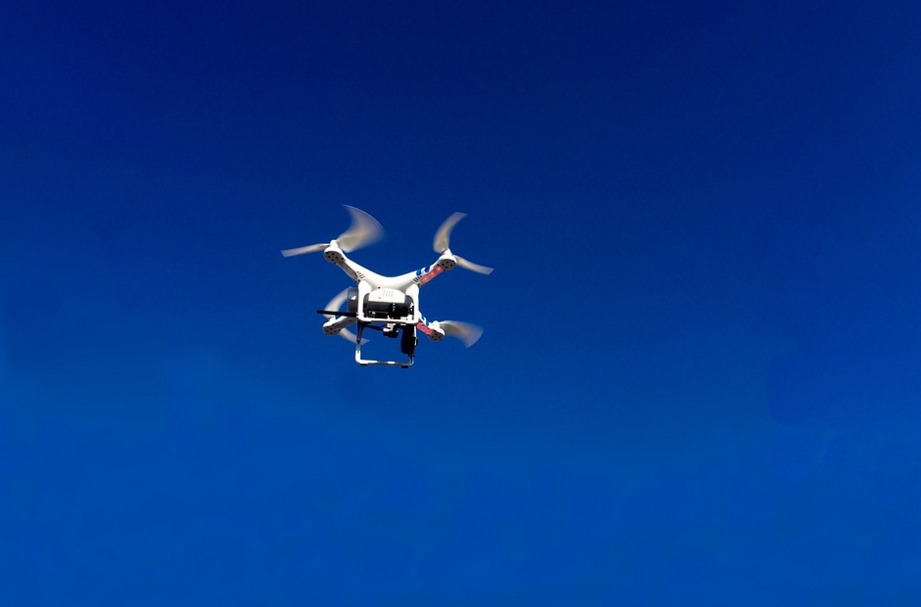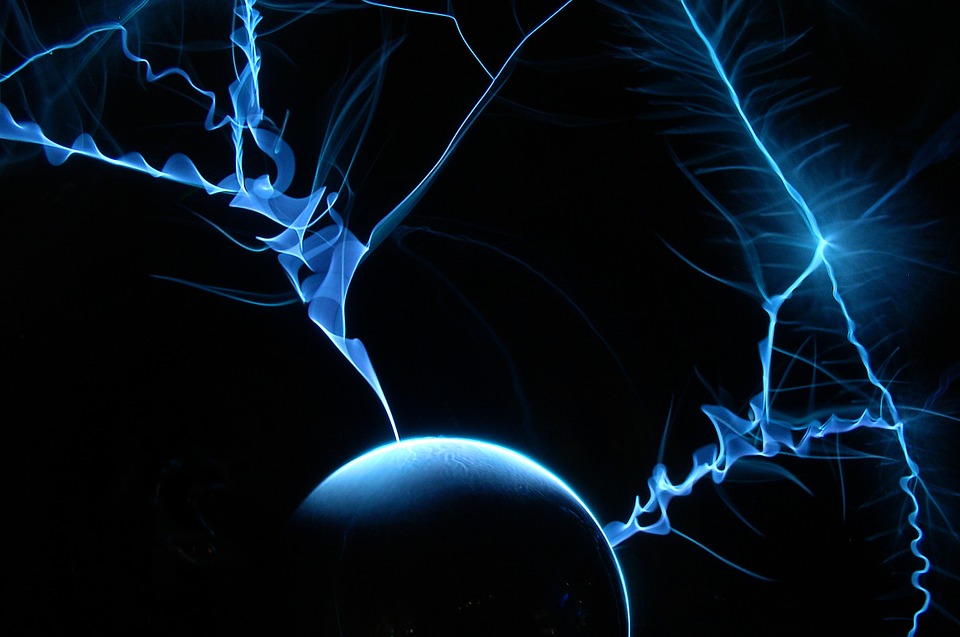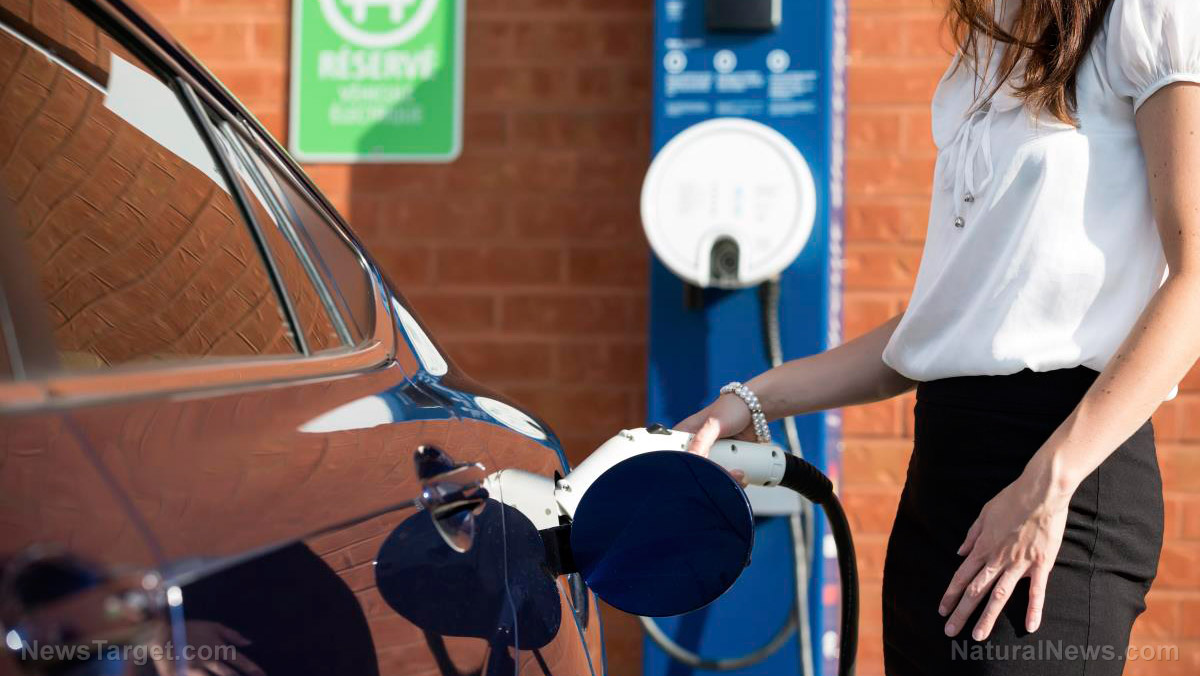Texas company to deploy Tesla-class WIRELESS electricity distribution based on Zenneck surface waves
03/16/2021 / By Lance D Johnson

The Baylor Research and Innovation Collaborative (BRIC) at Baylor University is currently hosting six technology companies in hopes of producing WIRELESS electricity delivery systems in the coming years. Texas-based Viziv Technologies is leading the way, bringing to fruition a technology that is four decades in development. Their goal is to commercialize wireless electrical energy to deliver electricity over long distances. Once finalized, the wireless energy would be even more durable than current electrical systems — and could withstand EMP attacks, solar flares, lightning and peak energy.
Texas company is working on a breakthrough wireless electricity distribution system
Viziv Technologies uses a wireless electricity distribution system that is based on Zenneck surface waves. Surface waves, or electromagnetic waves, naturally follow the contours of a surface and travel better along specific materials. Zenneck waves travel best at high frequencies with a conductor covered in a dielectric material. These secure surfaces carry high bandwidth, require little power, and do not cause interference.
In fact, the surface delivery systems are so durable, any tears or breaks in a surface do not cut the connection or flow of electricity. The Zenneck surface wave cannot be disrupted by lightning, geomagnetic interference, electromagnetic pulse or solar flare either. Wireless electrical delivery does not depend on a grid and would not be vulnerable to failure during peak power usage. The American National Standards Institute finds the radio-frequencies to be safe. The intensity of these electrical delivery systems is less than one percent of the current ANSI safety standard. Viziv wants to use these surface wave technologies to efficiently deliver electrical power to hard-to-reach areas around the globe.
Viziv is expanding their current research operation and now has access to 3,055 square feet at the Baylor Research and Innovation Collaborative. BRIC provides companies access to research opportunities, industry collaboration, and scientific development. The 330,000 square foot facility is home to an electromagnetic and power system department that is rivaled around the world. (Related: Small electronic devices could be powered by wireless resonant electromagnetic energy, physicists say.)
Wireless electricity would instantaneously raise the standard of living for millions
“History is replete with examples of the power of people and organizations coming together to do what would be impossible individually,” said Viziv CEO and President, Michael W. Miller. “Viziv Technologies’ young history is a great example of just that—strategic alliances determined to “Power the Planet and Bring Light to the World.”
A century ago, Nikola Tesla experimented with surface waves. The electrical pioneer was working on a radical new type of radio. He believed he could use surface waves to transmit signals across the Atlantic. In 1908, Tesla believed these surface waves could be transmitted from a small instrument, no bigger than a watch, to relay messages across the world. Ahead of his time, Tesla would be thrilled to see this wireless electrical grid come to life.
Approximately 17 percent of the world’s population do not have access to electrical power. Electrical power is unreliable and nonexistent in certain parts of the world. The technology has the potential to raise the standard of living for millions of people around the world instantaneously.
Sources include:
CDN.co[PDF]
Submit a correction >>
Tagged Under:
electrical grid, energy, future science, infrastructure, Nikola Tesla, standard of living, surface waves, technology, wireless electricity, Zenneck waves
This article may contain statements that reflect the opinion of the author
RECENT NEWS & ARTICLES
COPYRIGHT © 2017 FUTURETECH.NEWS
All content posted on this site is protected under Free Speech. FutureTech.news is not responsible for content written by contributing authors. The information on this site is provided for educational and entertainment purposes only. It is not intended as a substitute for professional advice of any kind. FutureTech.news assumes no responsibility for the use or misuse of this material. All trademarks, registered trademarks and service marks mentioned on this site are the property of their respective owners.





















